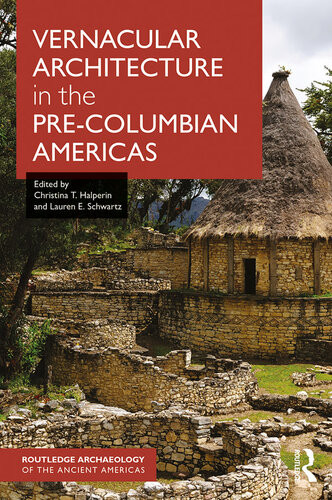

Most ebook files are in PDF format, so you can easily read them using various software such as Foxit Reader or directly on the Google Chrome browser.
Some ebook files are released by publishers in other formats such as .awz, .mobi, .epub, .fb2, etc. You may need to install specific software to read these formats on mobile/PC, such as Calibre.
Please read the tutorial at this link: https://ebookbell.com/faq
We offer FREE conversion to the popular formats you request; however, this may take some time. Therefore, right after payment, please email us, and we will try to provide the service as quickly as possible.
For some exceptional file formats or broken links (if any), please refrain from opening any disputes. Instead, email us first, and we will try to assist within a maximum of 6 hours.
EbookBell Team

4.4
42 reviewsVernacular Architecture in the Pre-Columbian Americas reveals the dynamism of the ancient past, where social relations and long-term history were created posthole by posthole, brick by brick. This collection shifts attention away from the elite and monumental architectural traditions of the region to instead investigate the creativity, subtlety and variability of common architecture and the people who built and dwelled in them. At the heart of this study of vernacular architecture is an emphasis on ordinary people and their built environments, and how these everyday spaces were pivotal in the making and meaning of social and cultural dynamics.
Providing a deeper and more nuanced temporal perspective of common buildings in the Americas, the editors have deftly framed a study that highlights sociocultural diversity while at the same time facilitating broader comparative conversations around the theme of vernacular architecture. With diverse case studies covering a broad range of periods and regions, Vernacular Architecture in the Pre-Columbian Americas is an important addition to the growing body of scholarship on the indigenous architecture of the Americas and is a key contribution to our archaeological understandings of past built environments.